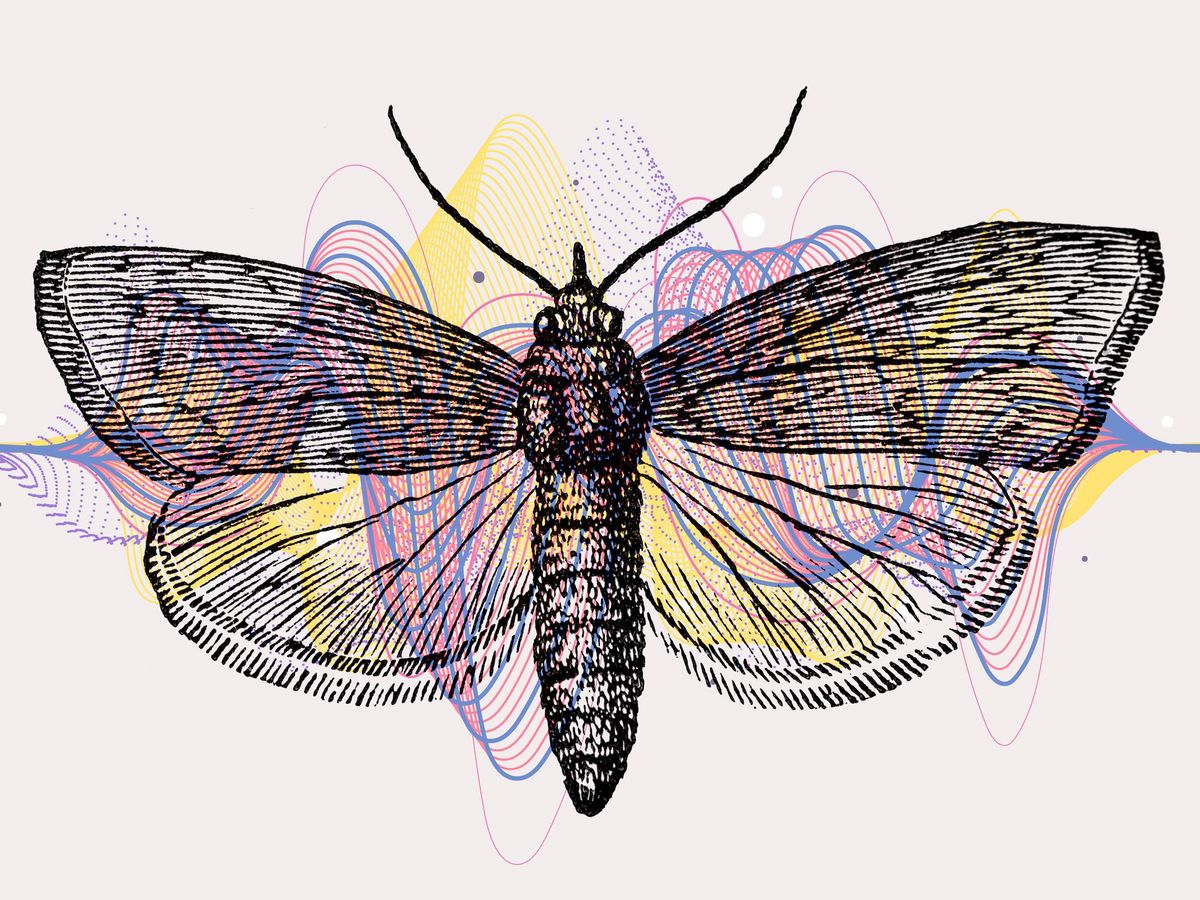This article is part of our exclusive IEEE Journal Watch series in partnership with IEEE Xplore.
Anyone walking in the woods who hears the growl of a bear will want to pinpoint where the sound is coming from as quickly as possible—and head in the opposite direction.
“Directional hearing is key for living beings because we don’t just want to hear sounds around us. Ideally, we want to know where they’re coming from as well,” says Lara Díaz-García, a third-year Ph.D. student in the electronic and electrical engineering department of the University of Strathclyde, in Glasgow. “For example, we want to find the potential partner who’s making a mating call, or we want to track the origin of the sounds of the prey that we are trying to hunt.”
Researchers are keen to understand directional hearing not just from a biology perspective but also to create bioinspired products, such as microphones and hearing aids, which could provide simple yet effective methods for determining the direction of sound.
“It would be great to see the ear of this tiny mothinspire some sort of hearing aid one day in the future.”
—Lara Díaz-García, University of Strathclyde
Díaz-García’s Ph.D. thesis aims to unravel the mysteries of a particularly enigmatic hearing system—that of the lesser wax moth, Achroia grisella.
Notably, large animals have ears far enough apart to let them distinguish the differences in timing when a sound reaches one ear relative to the time it takes to reach the other ear. Their brains are then able to use this information to estimate the direction from which the sound came. However, the ears of small animals, such as insects, are so close together that these creatures must rely on other ways of processing sound directionality.
Díaz-García notes that various theories have been proposed about the wayA. grisella is able to determine sound directionality, despite the two inner ears of this moth species being just 600 micrometers apart.
“There’s one last puzzling element to the situation, which is that females with one ear pierced were found to still be able to track the mating call, which led us to the hypothesis that the morphology of the [ear] itself grants the moth directional hearing,” says Díaz-García.
As part of her Ph.D. thesis, Díaz-García sought to test this theory. She used simulations to re-create the structure of the moth’s ear, starting with an oversimplified model and making it increasing complex.
“Our first model was a simple, circular plate, which is very far from the moth ear and didn’t show any directionality whatsoever. Then we added elements until we reached an elliptical plate, with two sections of different thicknesses and an added mass to account for the neuron connection,” she explains.

The research team then created a 3D-printed model of the simulated ear and tested it, describing the results in a study published on 17 August in IEEE Sensors Journal. At the part of the ear where neurons are typically attached, the team found that the sound was picked up more strongly when coming from the front of the ear than when it came from the back of the ear. Indeed, it appears that the structure of the ear can help animals determine sound directionality, opening the door for new bioinspired technologies.
“The main advantage of this research is the fact that directionality is achieved with just one element of specific characteristics, in contrast with most directional acoustic sensors we see nowadays, which require arrays to compare the response of at least two microphones,” Díaz-García explains.

She says the team is interested in eventually turning their passive structure into a piezoelectric device, which could be useful for various products.
“Directional microphones are incredibly useful in smartphones, where we want to reject ambient noise to focus solely on the speaker,” Díaz-García notes. “They are also desirable for hearing aids. It would be great to see the ear of this tiny mothinspire some sort of hearing aid one day in the future.”
- This Robotic Inchworm Just Made It to Higher Ground - IEEE Spectrum ›
- Flea-Sized Robots Walk a Coin-Edge-Sized Path - IEEE Spectrum ›
- Insect Ears Inspire Super-Efficient Microphones - IEEE Spectrum ›
- Tech Gives Sound Directionality to Hearing Aids - IEEE Spectrum ›
Michelle Hampson is a freelance writer based in Halifax. She frequently contributes to Spectrum's Journal Watch coverage, which highlights newsworthy studies published in IEEE journals.



